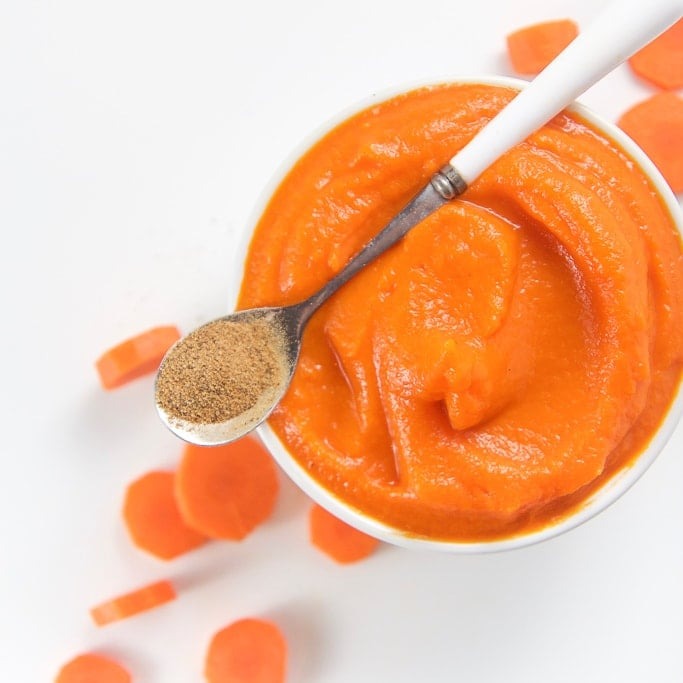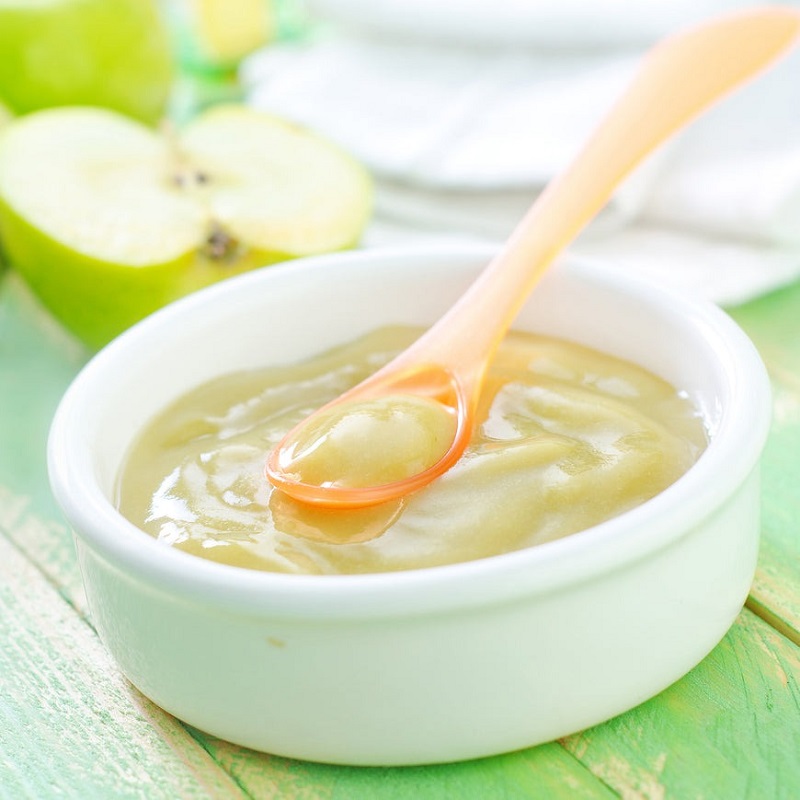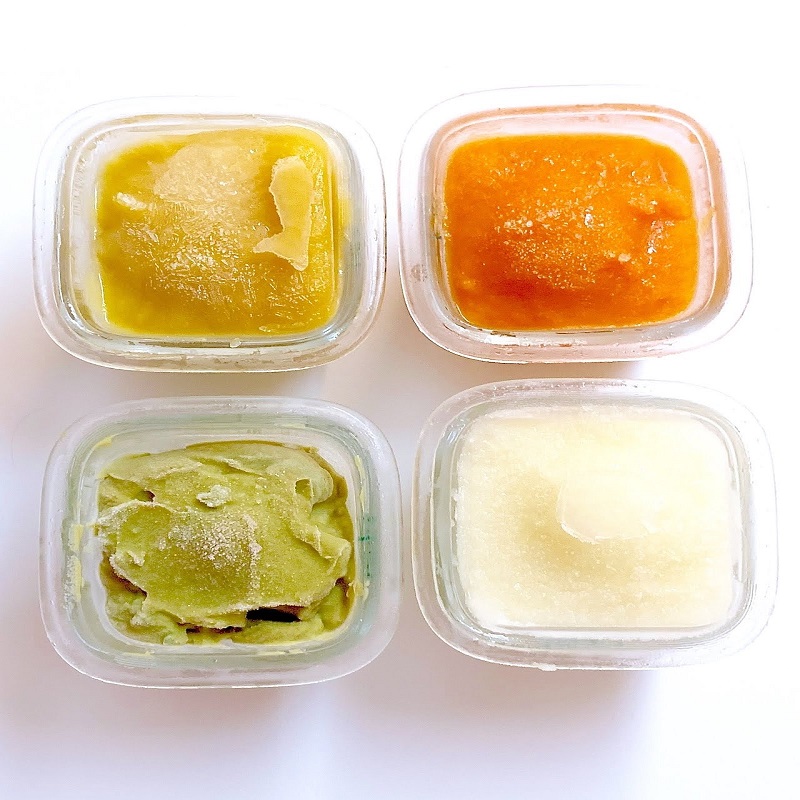When it comes to feeding your baby, one question that frequently arises is, how long does homemade baby food last? This is a crucial aspect of preparing nutritious meals for your little one, as improper storage can lead to spoilage. Ensuring that your homemade baby food is safe and healthy for your child involves understanding the lifespan of different types of purees and how to store them effectively.
Introduction to Homemade Baby Food Storage
Starting your baby on homemade food is an exciting step. It allows you to control ingredients and offer fresh meals. However, knowing how to store baby food safely is crucial. Proper storage ensures that your baby’s food remains nutritious and safe to eat. It can also make meal prep more efficient and reduce waste. In this section, we will explore how to keep homemade baby foods at their best. From fridge to freezer, we’ll cover all you need to know for safe storage. Stick to these guidelines to maintain the freshness and quality of your baby’s meals.
Understanding Refrigerated Storage Guidelines

Shelf Life for Refrigerated Homemade Purees
After you’ve prepared homemade baby food, it’s crucial to store it properly. In the fridge, purees can last for 48 hours. If you have made individual portions, this method is convenient. It eliminates extra steps like defrosting. Be sure to date the containers to track freshness. If not freezing, make baby food every one to two days. This keeps it fresh and nutritious.
Serving Tips for Refrigerated Baby Foods
When serving your baby, avoid feeding directly from the storage container. This can introduce bacteria and spoil the food. Always transfer the amount you need to a separate dish. After serving, make sure to store the remaining food quickly. Any leftovers from the baby’s dish must be discarded to prevent the risk of foodborne illnesses. Using these tips helps maintain the food’s safety and quality.
Freezing Homemade Baby Food for Longevity
Best Practices for Freezing Baby Food
To freeze homemade baby food effectively, follow these best practices. Use clean, freezer-safe containers or ice cube trays to store purees. Clearly label each container with the date and type of food. Freeze food as soon as it cools down to retain nutrients and taste. Remember that frozen homemade baby food can last up to 3 months for the best quality but remains safe for consumption for up to 6 months.
How to Use Ice Cube Trays for Portion Control
Ice cube trays are perfect for portion control when freezing baby food. Fill trays with puree, cover with plastic wrap, and freeze. Once frozen, transfer cubes into freezer bags labeled with the preparation date. This method lets you defrost small portions as needed, reducing waste and ensuring variety.
Defrosting Frozen Homemade Baby Food
When it’s time to use frozen baby food, plan ahead. Thaw it in the refrigerator, not at room temperature, to prevent bacterial growth. Avoiding the microwave is best to keep food texture consistent. Test food temperature before feeding your baby to avoid hot spots that could cause burns. Use thawed baby food within 48 hours for safety and freshness.
Safety and Preparation Before Storing
Importance of Proper Sanitization
Ensuring the safety of homemade baby food starts with proper sanitization. Clean all surfaces and equipment before you start. Use hot, soapy water or a disinfectant. Wash your hands thoroughly before and during the food preparation process. This reduces the risk of contaminating your baby’s food with harmful bacteria.
Tips on Preparing Safe Baby Foods
Preparing safe baby foods requires attention to detail. Here are key tips:
- Always wash fruits and vegetables thoroughly, even if you plan to peel them.
- Cook all meats and proteins completely to kill possible pathogens.
- Use proper cooking methods like steaming or baking, which help retain nutrients.
- Cool the food quickly and refrigerate or freeze it within two hours of cooking to prevent bacterial growth. This step is crucial in maintaining the safety and quality of the food.
By following these guidelines, you can ensure that the baby food you prepare is not only nutritious but also safe for your little one to consume.
Guidelines for Storing Different Types of Baby Food

Storing Fruit and Veggie Purees
For homemade fruit and veggie purees, you can keep them fresh in the fridge for up to 48 hours. If you’re not planning to use them within this time frame, it’s best to freeze them. Use airtight, freezer-safe containers or bags to prevent freezer burn. Be sure to label them with the creation date, and consume within 6 months for the best nutrition and taste.
Meat Storage Tips for Homemade Baby Food
Proper storage is especially important for meat purees, as they can spoil more quickly. In the fridge, meat purees should be used within 24 hours. When freezing, store them in small portions to make thawing easier, and use them within 1-2 months to ensure quality and safety.
Combining and Storing Mixed Purees
When you mix fruits, veggies, and meats, the storage time should follow the ingredient with the shortest shelf life. For example, if you combine meat with vegetables, use or freeze the mix within 24 hours. Label mixed puree containers clearly, and when freezing, aim to use them within 1-2 months for optimal freshness.
Innovative Ways to Store and Use Homemade Baby Food
When it comes to storing and using homemade baby food, innovation can save time and keep food fresh. Let’s dive into convenient methods for busy parents.
Using Baby Food Pouches for Convenience
Baby food pouches offer a hassle-free option for feeding your little one on-the-go. You can fill pouches with your homemade purees using tools like the Infantino Squeeze Station. Label them with the contents and date, then refrigerate or freeze. Thaw pouches as needed, making sure to check for even heating. Since they’re portable, they’re perfect for outings and can fit easily into diaper bags.
Making Use of Baby Food Storage Tools
Maximize freshness with baby food storage tools. Products such as reusable containers or squeeze pouches are great for portioning. Always choose BPA-free options for safety. Ice cube trays help with portion control and minimize waste. Once purees are frozen, transfer the cubes to freezer bags. Label them clearly with the food type and date. Such tools take the guesswork out of serving sizes and ensure your baby is eating well every meal.
Plan your baby’s meals with creativity and practicality. Use these innovative methods to streamline your process and keep homemade baby food fresh and ready to use.
Tips for Ensuring Freshness and Preventing Waste

Labeling and Tracking Freshness Dates
Confirm freshness by labeling all containers with preparation and expiration dates. This helps track how long the food is safe to use. Implement a system where the oldest foods are used first, minimizing waste.
Avoiding Cross-Contamination and Foodborne Illness
To prevent cross-contamination, always use clean utensils and dishes when serving baby food. Avoid letting the serving spoon touch the baby’s mouth then re-entering the storage container. This keeps the remaining food safe from bacteria introduced by saliva. Discard any leftovers from the baby’s meal to ensure their health and safety. By adhering to these tips, you can keep your homemade baby food fresh and safe for your little one.
Conclusion: Maximizing Freshness for Your Baby
Understanding how long does homemade baby food last is essential for any parent eager to provide their little one with nutritious meals. By following the proper storage techniques and batch preparation strategies, you can ensure that your homemade creations are safe, delicious, and convenient. Remember always to check for signs of spoilage before serving, keep everything organized in your fridge or freezer, and trust your instincts when deciding whether to discard food that seems questionable.
Preparing your baby’s meals can be a rewarding experience, leading to a healthier eating habit right from the start. Embracing homemade baby food with a clear understanding of its shelf life and storage will ultimately contribute positively to your parenting journey.